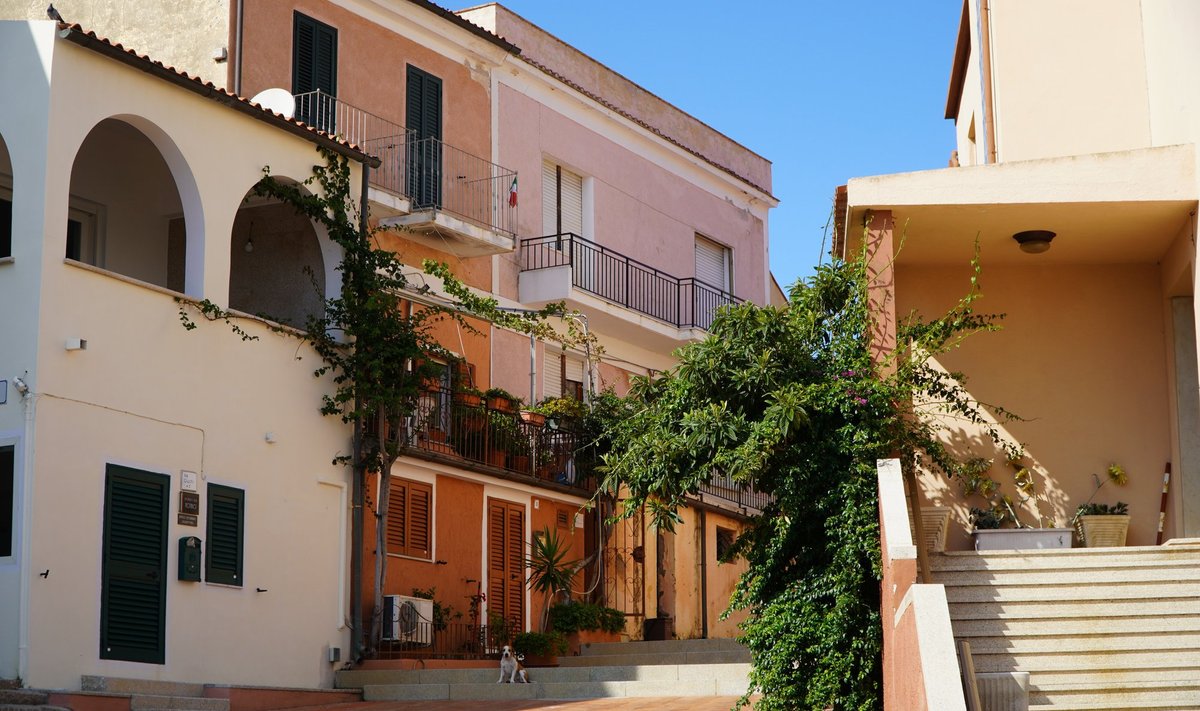Want to work from home in a scenic location that rivals the beauty of your laptop wallpaper? Thanks to a new initiative in Sardinia, you can now live for three months free under terracotta roofs surrounded by hills.
The first remote worker to take advantage of the offer was Clarissa Partis, a 39-year-old software designer from Los Angeles.
Keen to get away from the crowds and work off the grid, she flew from the US and landed on the island last week, making her new home in the tiny village of Ollolai. “I felt that I needed to change my place of residence,” she explains.
“Not touristy,” Partis insists. “And surrounded by nature, fresh air, mountains, beautiful beaches, where I could find more peace, quiet and lead a slower lifestyle.”
It’s something many workers have been craving since the COVID-19 pandemic, and hotels and travel packages targeting digital nomads are rushing to meet the demand.
Ollolai, located in central Sardinia, is inland from the country’s popular and often crowded coastline. This is a kind of time capsule in which the cultural heritage of the country is still very clearly manifested. This is reflected in the lifestyle that can be found here.
“I love going to the farmers market for fresh produce, like truffles, and making pasta and pesto gnocchi,” Partis says. “The food here is amazing.”
Why is Ollolai offering free accommodation to digital nomads?
Although Ollolai is beautiful by any tourist standard, its population is declining. Over the past 100 years, it has decreased from 2,250 to 1,300 people. Italy has been grappling with this problem for years and is considered a national emergency, with record low population growth recorded in 2022.
Since then, the country has been trying to attract tourists – both short-term and long-term. The “Buy a house for 1 euro” initiative attracts residents from all over the world. Ollolai took part in the hope that foreigners would invest in the reconstruction of his old area.
“It was a great success – many foreigners bought and restored dozens of abandoned houses,” the city’s mayor, Francesco Columbu, told CNBC.
Now Columbu is putting his money where his mouth is. As part of the “Work in Ollolai” program, it is planned to transform the village into a center of digital nomadism, for the implementation of which 20 thousand euros of investment have been allocated. Over the next two years, the village will accept remote workers one at a time for up to three months (the limit for non-Europeans arriving without a visa). Those interested in becoming digital nomads must apply online by the end of December.
What are the living conditions like for digital nomads in Sardinia?
If getting to know local life sounds appealing to you, then Ollolai is a great place to do it. Workers who want to stay here find themselves in houses that were once occupied by farmers and shepherds who slept on the floor with their animals. They now have an office and high-speed Internet.
“The local people are so warm and welcoming,” says Partis. “And it’s not because they want to sell you something, like in tourist places.”
The municipality pays nomads’ rent, utilities, bills, and service taxes, but not transport.
Not exactly free accommodation
There is a small catch, if you can call it that. “This is not a free holiday,” says Veronica Matta, head of the local cultural association Sa Mata.
“Workers must have a proven track record of working as a digital nomad and leave behind a specific piece of work – be it a conference, an essay, a research paper or a documentary.”
She emphasized that “professional remote workers from all fields are invited: technology, media, finance, real estate, architecture, as well as artists, writers, musicians, scientists and teachers.”
Everyone is welcome, as long as they are open to mutual agreement and agree to leave behind an “impulse of knowledge” that enriches the culture of the village.

